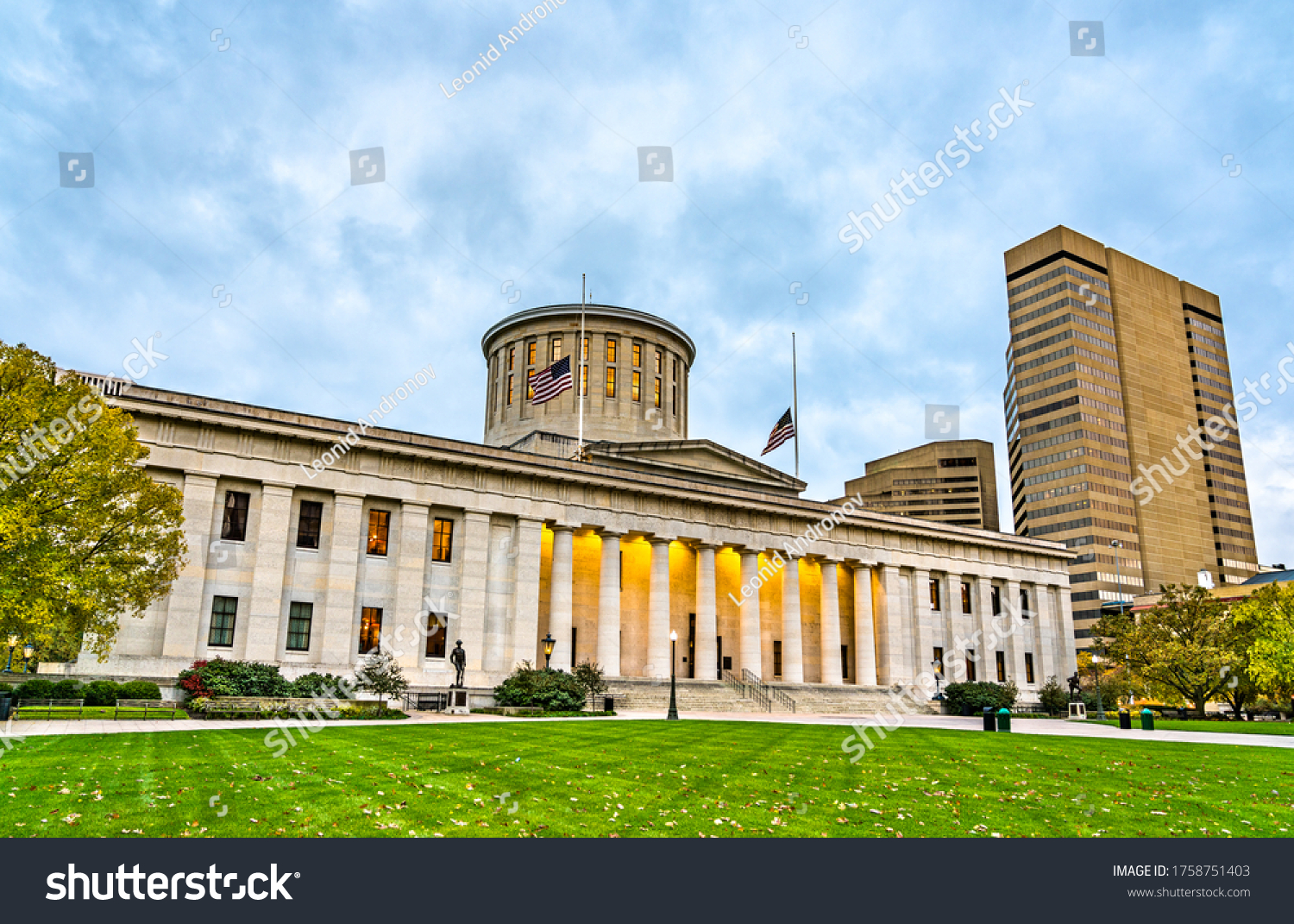What Is The Capital Of Ohio: A Comprehensive Guide
Ohio, a state rich in history and culture, boasts a vibrant capital city that serves as its political, economic, and cultural hub. The capital of Ohio, Columbus, plays a pivotal role in shaping the state's identity and development. As we delve into this topic, you will discover why Columbus holds such significance and the various aspects that make it a remarkable city.
Ohio's capital city is not only the heart of the state's governance but also a thriving metropolis that attracts residents and visitors alike. Understanding its history, demographics, and contributions to Ohio's growth can provide valuable insights into its importance. This article will explore every facet of Columbus, ensuring you leave with a thorough understanding of the capital of Ohio.
Whether you're a history enthusiast, a prospective resident, or simply curious about the state's capital, this guide will cover all the essential information you need to know. Let's dive in and uncover the story behind the capital of Ohio.
Read also:Nik Airball Wife A Comprehensive Look Into Their Life And Achievements
Table of Contents:
- Biography of Columbus
- History of Columbus
- Geography and Climate
- Economy and Industries
- Cultural Highlights
- Education System
- Population and Demographics
- Tourism in Columbus
- Government and Politics
- Future Prospects
Biography of Columbus
Columbus, the capital of Ohio, has a fascinating backstory that dates back to its founding in 1812. Established as the state capital, Columbus was strategically chosen due to its central location within Ohio, making it accessible to residents across the state. Below is a brief overview of its origins and development:
Founding and Early Days
Named after Christopher Columbus, the city was officially founded in 1812. Its purpose was to serve as the state capital, replacing Chillicothe, which had previously held the title. The decision to establish Columbus as the capital was driven by its central position and potential for growth.
Key Milestones
Throughout its history, Columbus has experienced significant milestones that have shaped its identity:
- 1834 – Columbus was officially incorporated as a city.
- 1850s – The arrival of railroads boosted economic development.
- 1900s – The city expanded rapidly, becoming a hub for industry and innovation.
History of Columbus
The history of Columbus is a tapestry of growth, innovation, and resilience. From its humble beginnings as a planned city to its current status as a major metropolitan area, Columbus has undergone remarkable transformations.
Historical Significance
Columbus played a crucial role in various historical events, including the Civil War and the Industrial Revolution. Its strategic location made it a key player in transportation and trade, contributing to Ohio's economic prosperity.
Read also:Conjoined Twins Abby And Brittany A Remarkable Journey Of Resilience And Individuality
Geography and Climate
Located in central Ohio, Columbus spans an area of approximately 220 square miles. The city's geography is characterized by rolling hills and the Scioto River, which runs through its heart.
Climate Overview
Columbus experiences a humid continental climate, with four distinct seasons. Summers are warm and humid, while winters can be cold and snowy. The average temperature ranges from 30°F in January to 85°F in July.
Economy and Industries
Columbus's economy is diverse and robust, driven by several key industries:
- Healthcare
- Education
- Technology
- Manufacturing
Major employers in the city include The Ohio State University, Nationwide Insurance, and Honda of America. These organizations contribute significantly to the local economy and provide ample employment opportunities.
Cultural Highlights
Columbus is renowned for its vibrant cultural scene, offering a wide array of attractions and events:
Arts and Entertainment
The city is home to numerous art galleries, theaters, and museums, including the Columbus Museum of Art and the Ohio Theatre. Annual events such as the Columbus Arts Festival and ComFest draw thousands of visitors, celebrating creativity and diversity.
Education System
Columbus boasts an excellent education system, with The Ohio State University being one of its most prominent institutions. The university consistently ranks among the top public universities in the nation, offering a wide range of academic programs.
Primary and Secondary Education
The Columbus City Schools district serves over 50,000 students, providing quality education through its network of public schools. Additionally, the city is home to several private and charter schools, ensuring diverse educational options.
Population and Demographics
As of the latest census, Columbus has a population of approximately 900,000 residents, making it the largest city in Ohio. The city's demographics are diverse, with a mix of ethnicities and cultures contributing to its vibrant community.
Growth Trends
Columbus has experienced steady population growth over the years, fueled by its strong economy and quality of life. Projections indicate continued expansion, solidifying its position as a leading metropolitan area.
Tourism in Columbus
Columbus offers a wealth of attractions for tourists, including historical landmarks, natural reserves, and entertainment venues. Popular sites such as the Columbus Zoo and Aquarium, the Franklin Park Conservatory, and the German Village attract visitors from around the world.
Event Calendar
Throughout the year, Columbus hosts a variety of events catering to different interests. From the Ohio State Fair to the Columbus Marathon, there's always something happening in the city to engage and entertain visitors.
Government and Politics
Columbus operates under a mayor-council government system, with the mayor serving as the chief executive officer. The city council consists of representatives from various districts, ensuring balanced governance and representation.
State Capital Functions
As the capital of Ohio, Columbus houses the state government's administrative offices, including the Ohio Statehouse. The city plays a vital role in shaping state policies and initiatives, influencing Ohio's future direction.
Future Prospects
Columbus continues to evolve, with ambitious plans for sustainable development and innovation. Initiatives aimed at improving infrastructure, enhancing public services, and fostering economic growth are underway, promising a bright future for the city.
Innovation and Technology
The city's commitment to embracing technology and fostering innovation positions it as a leader in the digital age. Investments in smart city technologies and renewable energy projects underscore its dedication to progress and sustainability.
Conclusion
In conclusion, Columbus stands out as a dynamic and thriving city that embodies the spirit of Ohio. From its rich history and diverse culture to its robust economy and promising future, the capital of Ohio offers countless opportunities for growth and exploration. We encourage you to visit Columbus, experience its unique charm, and share your thoughts with us in the comments section below.
Feel free to explore more articles on our website to deepen your understanding of various topics. Thank you for reading, and we hope this guide has been informative and engaging!


